Lucy will visit 8 asteroids over the next 12 years.
NASA’s newest asteroid probe, named Lucy, successfully launched on 12-year mission to visit 8 asteroids early Saturday (Oct. 16).
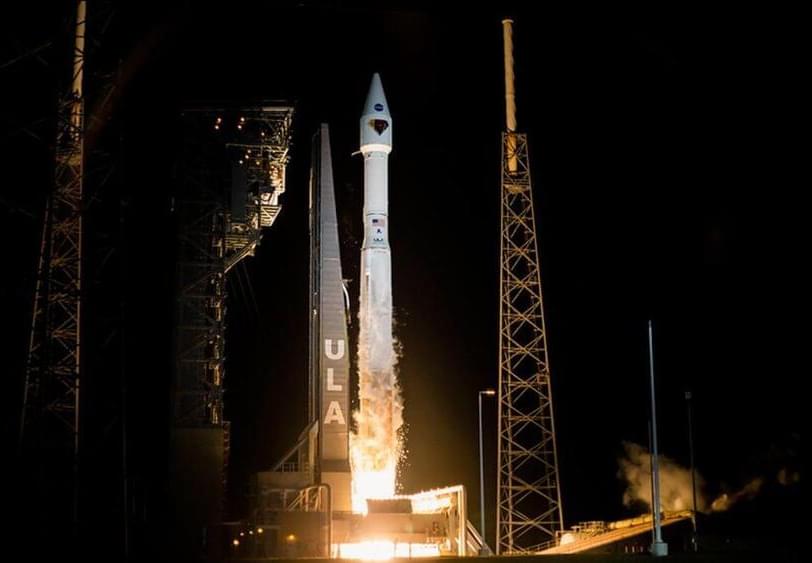
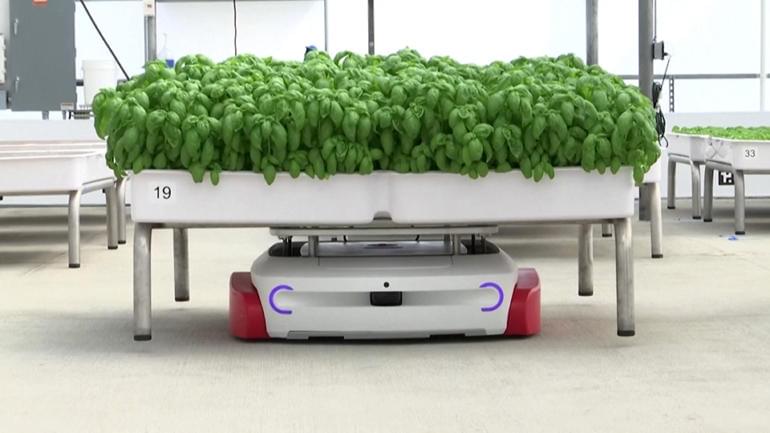
Robotics continues to play an increasingly important role in the workplace, particularly in the manufacturing sector.
But one company is getting a big investment to transform agriculture, by growing crops in a more eco-friendly way.
Source: https://america.cgtn.com/2021/10/15/robots-and-artificial-intelligence-enter-farming Click to share on Facebook (Opens in new window)

Using AI to analyze your income and expenses regularly is a great way to help you better understand where your money goes each month. Most modern financial institutions have apps that will automatically categorize your spending into expense types, making it easy for you to see how much of your paycheck ends up going toward rent/mortgage, food, transportation, entertainment, etc.
Technology is empowering women to build wealth through AI-assisted financial management. Women are now able to invest and manage their finances by using technology that automatically invests and manages money for them. This software provides a unique algorithm for each woman with personalized goals, risk tolerance, income, and age.
Full Story:
Women in America are disproportionately under-served when it comes to financial products and services. They own less than 1% of the country’s wealth, and they hold even less of their own assets.
A new study from the UConn Women’s Center for Research found that women entrepreneurs need more access to credit, training, and capital – including investments – if they want to grow their businesses. That’s where AI can help.

International diplomacy has traditionally relied on bargaining power, covert channels of communication, and personal chemistry between leaders. But a new era is upon us in which the dispassionate insights of AI algorithms and mathematical techniques such as game theory will play a growing role in deals struck between nations, according to the co-founder of the world’s first center for science in diplomacy.
Michael Ambühl, a professor of negotiation and conflict management and former chief Swiss-EU negotiator, said recent advances in AI and machine learning mean that these technologies now have a meaningful part to play in international diplomacy, including at the Cop26 summit starting later this month and in post-Brexit deals on trade and immigration.

Advanced analytics and other AI-driven tools and technologies have been transforming the way organizations function by harnessing valuable information from the largest datasets and providing important insights. With the continued growth of cognitive technologies and increasingly widespread adoption by many industries, what will the future of advanced analytics and AI adoption look like?
Full Story:
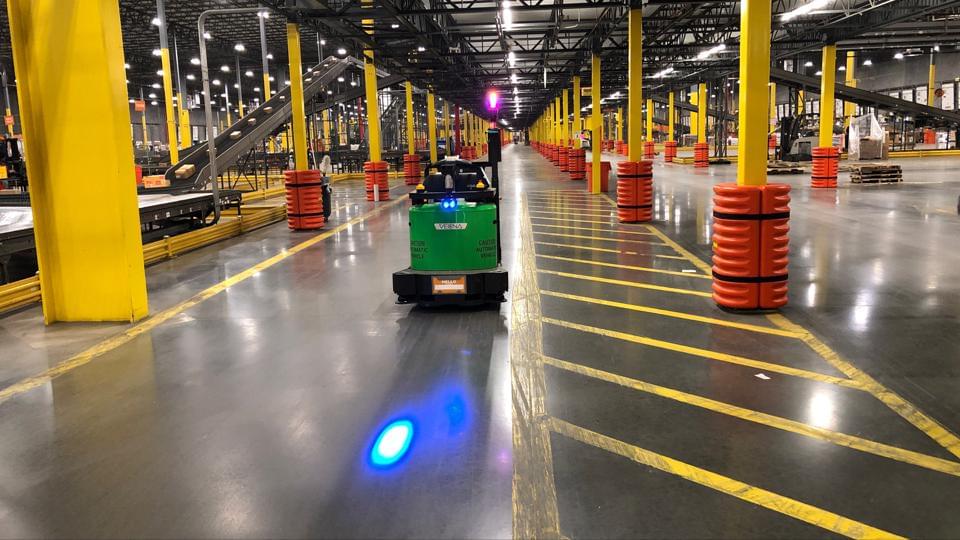
Ask a manufacturing company what their current top headaches are, and supply chain disruptions and staff shortages will probably top the list. Vecna Robotics might have the solution for both.
Vecna Robotics develops autonomous mobile robots (AMRs) used in distribution, logistics, warehousing and manufacturing (the company first cut its teeth in hospitals and other health care facilities). Their secret sauce is the software; after all, explains founder and Chief Innovation Officer Daniel Theobald, robotics is 90–95% software. Vecna Robotics implants its software brains in existing equipment like forklifts and pallet trucks, making them autonomous – though the company does build some hardware of its own.
What sets Vecna Robotics apart is the combination of an ambitious vision with a pragmatic attitude, articulated in three key principles:
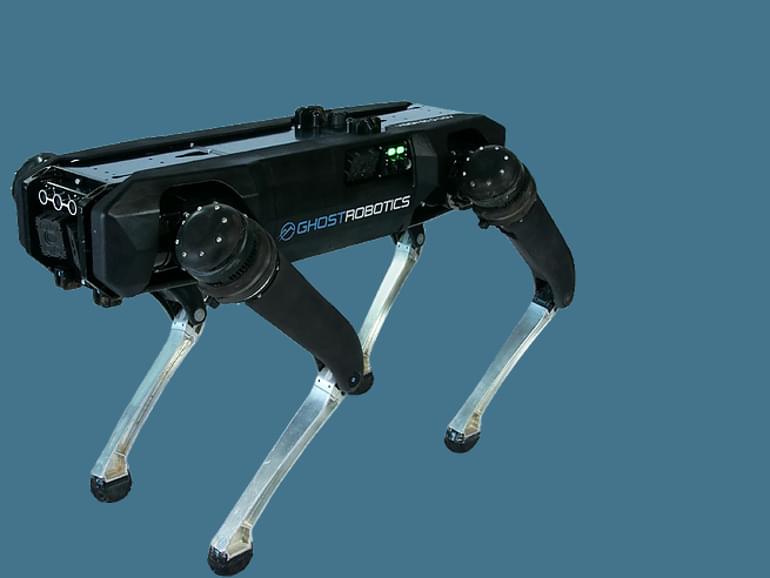
Singapore’s Defence Science and Technology Agency (DSTA) has inked a partnership with Philadelphia-based Ghost Robotics to identify uses cases involving legged robots for security, defence, and humanitarian applications. They will look to test and develop mobile robotic systems, as well as the associated technology enablers, that can be deployed in challenging urban terrain and harsh environments.
The collaboration also would see robots from Ghost Robotics paired with DSTA’s robotics command, control, and communications (C3) system, the two partners said in a joint statement released Thursday.
The Singapore government agency said its C3 capabilities were the “nerve centre” of military platforms and command centres, tapping data analytics, artificial intelligence, and computer vision technologies to facilitate “tighter coordination” and effectiveness during military and other contingency operations.
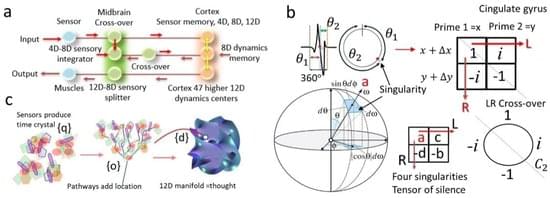
So there is no practical application of Time Crystal for human cells?
Time crystal was conceived in the 1970s as an autonomous engine made of only clocks to explain the life-like features of a virus. Later, time crystal was extended to living cells like neurons. The brain controls most biological clocks that regenerate the living cells continuously. Most cognitive tasks and learning in the brain run by periodic clock-like oscillations. Can we integrate all cognitive tasks in terms of running clocks of the hardware? Since the existing concept of time crystal has only one clock with a singularity point, we generalize the basic idea of time crystal so that we could bond many clocks in a 3D architecture. Harvesting inside phase singularity is the key. Since clocks reset continuously in the brain–body system, during reset, other clocks take over. So, we insert clock architecture inside singularity resembling brain components bottom-up and top-down.

Brain-inspired computing is a promising candidate for next-generation computing technologies. Developing next-generation advanced artificial intelligence (AI) systems that can be as energy-efficient, lightweight, and adaptable as the human brain has attracted significant interest.
However, mimicking the brain’s neuroplasticity, which is the ability to change a neural network connection, in traditional artificial synapses using ultralow energy is extremely challenging.

Passengers on the Moscow metro can now pay for their commute using facial recognition technology. The system is called “Face Pay” — and connects passengers’ biometric data with their credit cards.
It’s been rolled out across all 241 stations in the Russian capital — but privacy activists are sounding the alarm.
Subscribe: https://www.youtube.com/user/deutschewelleenglish?sub_confirmation=1
For more news go to: http://www.dw.com/en/
Follow DW on social media:
►Facebook: https://www.facebook.com/deutschewellenews/
►Twitter: https://twitter.com/dwnews.
►Instagram: https://www.instagram.com/dwnews.
Für Videos in deutscher Sprache besuchen Sie: https://www.youtube.com/dwdeutsch.
#FacePay #FaceRecognition #MoscowMetro